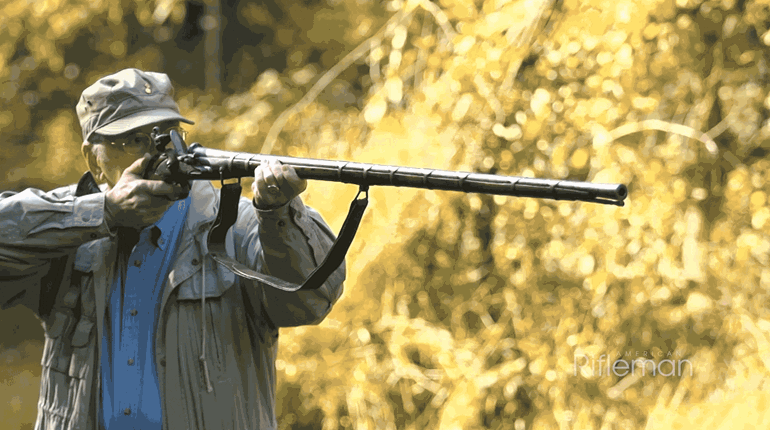
The artificial intelligence (AI) genie is out of its bottle and already performing a variety of tasks at mind-boggling speed, including recognition of a firearm in a photo or live video, analyzing if one is being carried concealed and issuing appropriate alerts. It’s a growing trend with a potential impact on law-abiding gun owners that goes beyond the legal and ethical ramifications of AI itself.
Concealed Detection
In 2018, California’s Oakland Airport harnessed AI-fueled Evolv Edge “… to streamline its employee screening program,” according to Evolv Technologies’ press release. “This installation enhances OAK’s security posture by protecting against metallic and non-metallic threats while simultaneously improving operational efficiency.”
The system has advanced in the years that followed and is now employed by healthcare systems, malls, museums, NFL stadiums—including duty at the outer perimeter of the Super Bowl—concert venues and more. A Washington Post article summarized, “Evolv machines use ‘active sensing’— a light-emission technique that also underpins radar and lidar—to create images. Then it applies AI to examine them.”
Visual Alert
Evolv, which deletes videos not involving an incident after 30 days and actively looks for concealed threats, can be expensive investment for school systems on a tight budget. That’s one reason December’s announcement by Iterate.ai that it was providing threat-detecting AI-driven software free to schools and non-profit organizations was big news. Instead of requiring expensive scanner installation, it works on existing security video processed by a computer that uses an Nvidia graphics processor—the dominant force in that industry.
“We believe that school tax dollars should go to buying computers and supplies (items needed every day) rather than paying for threat detection software which is unlikely to be needed—but potentially lifesaving in the event of an armed intruder situation,” Jon Nordmark, CEO of the company said the press release.
The firm brought in a former Drug Enforcement Agency officer to test and polish the system, which was trained on 20,000 armed robbery and intrusion videos scraped off the Internet, according to this U.S. Today report. The story indicated “… it’ll be fairly simple for most system administrators to add the python code to their computer server. In a few hours, every camera will be on the lookout.”
It, like the system Michigan announced monitoring of its Capitol Grounds in November, doesn’t look for anything concealed. "If someone pulls a gun out in front of one of those cameras, an alert will be sent from that location to our in-house monitoring center,” Sam Alaimo, co-founder of ZeroEyes—the company that produced the program—told CBS News Detroit. A person there either alerts officials on site or calls the designated contact, like local law enforcement. A ZeroEyes system launched in Indianapolis in October.
“We store any detection image, false positive or true positive for improving our AI and providing forensic false positive reports,” according to the company’s FAQ. Subscribers have the option of storage in the cloud or locally on their servers.
OmniAlert also offers an AI-driven system. Likely dozens more exist, thanks to largely open-source software.
Concerns
There’s no debate about stemming or stopping crime. Legally, however, there are those who claim the unauthorized use of videos and photos posted on the Internet to train AI software was illegal to begin with. Videos, photos, writing and other works are copyrighted—even when no paperwork is filed with the government—at the moment of their creation.
Those intellectual rights remain with that person until that copyright expires (70 years after the person dies) or they are willfully transferred. The New York Times filed a lawsuit in December alleging ChatGPT (the AI) violated that law by training conducted on its articles.
Ethically, there are privacy concerns and being identified while carrying concealed lawfully also raises safety questions.
Some also ask how the companies acquired such a huge volume of photos and videos to train their respective programs. The sheer numbers cited make it obvious it took software meticulously mining the web and compiling an exhaustive library on firearms and, inadvertently, their respective owners or enthusiasts.




































